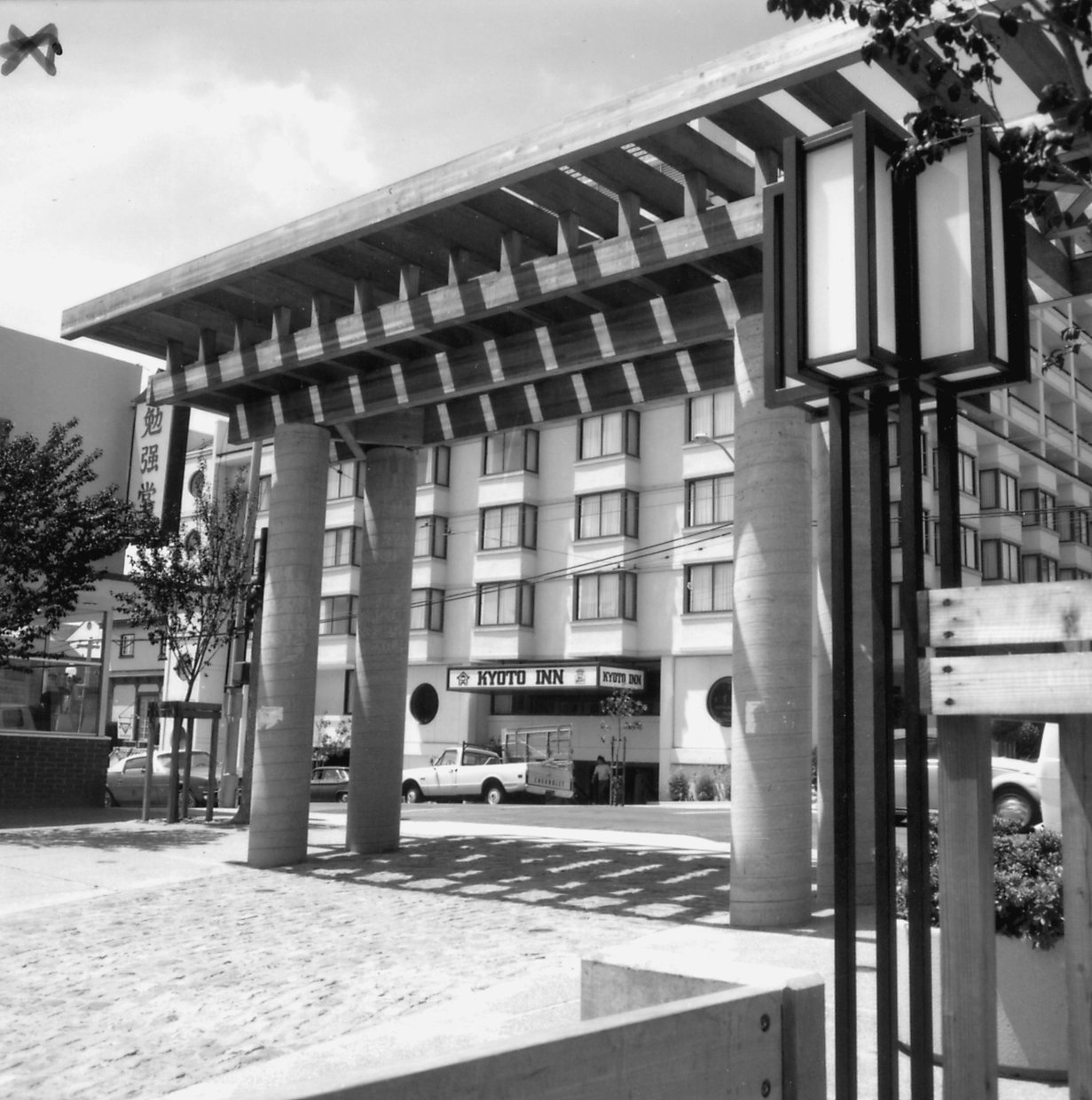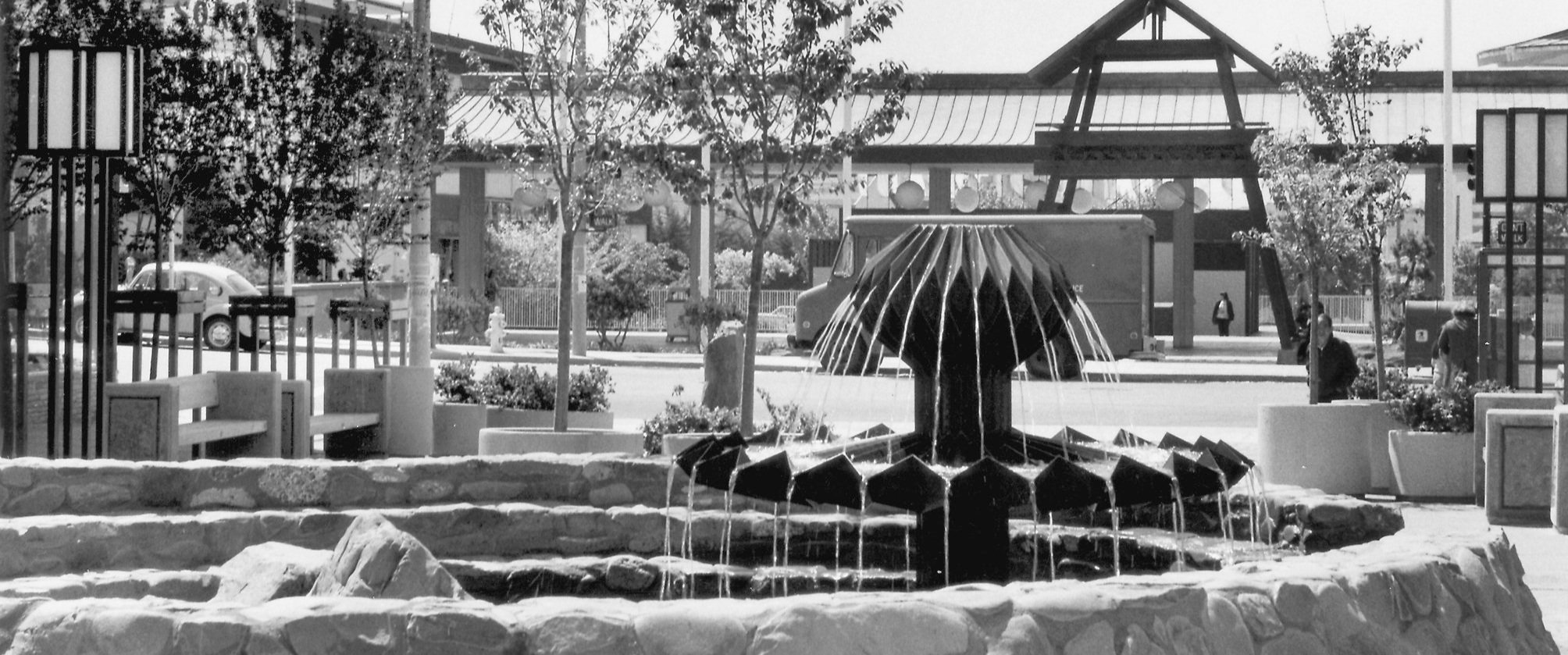
About the Project
History
Between 1975-1976, a one-block stretch of Buchanan Street was transformed into a pedestrian mall leading to and from Peace Plaza. The newly designed Buchanan Mall was part of the A2 phase of urban renewal in the Western Addition and was designed by Rai Okamoto, a local Japanese American architect and planner. The street, flanked by two- to three-story commercial buildings, presents a fusion of contemporary and traditional Japanese aesthetics.
The heart of Buchanan Mall lies in its unique streetscape, characterized by a "river of cobblestones" which symbolize flowing water and are bordered by smooth concrete walkways. Central to this environment are two iconic fountains, designed by renowned artist Ruth Asawa. The origami-inspired bronze sculptures that stand there today, resembling folded paper flowers, were installed in 1999 as replicas of the original corroded steel fountains, reflecting the community's commitment to preserving its artistic legacy. Along the cobblestone river are concrete benches featuring relief sculptures of Japanese fairytales and festivals, created with the involvement of local children, showcasing Asawa's dedication to community engagement.
The mall's northern gateway, often mistaken for a Torii gate commonly placed in front of Shinto shrines, is actually a structure meant to resemble a Japanese garden gate, welcoming visitors into this urban oasis. Buchanan Mall's history is also marked by its renaming to Osaka Way in 2007, celebrating the 50th anniversary of the sister city relationship between San Francisco and Osaka, Japan.
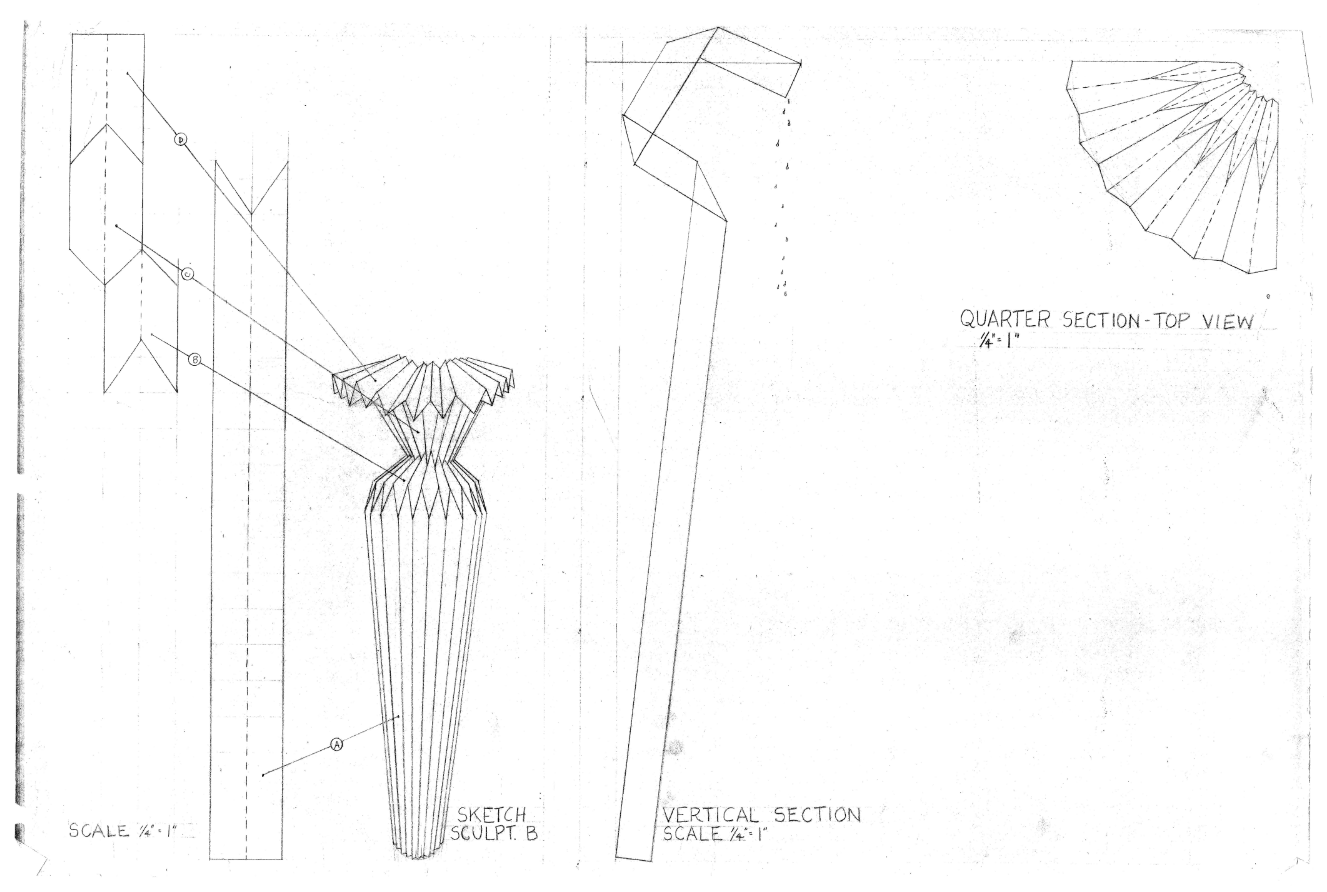
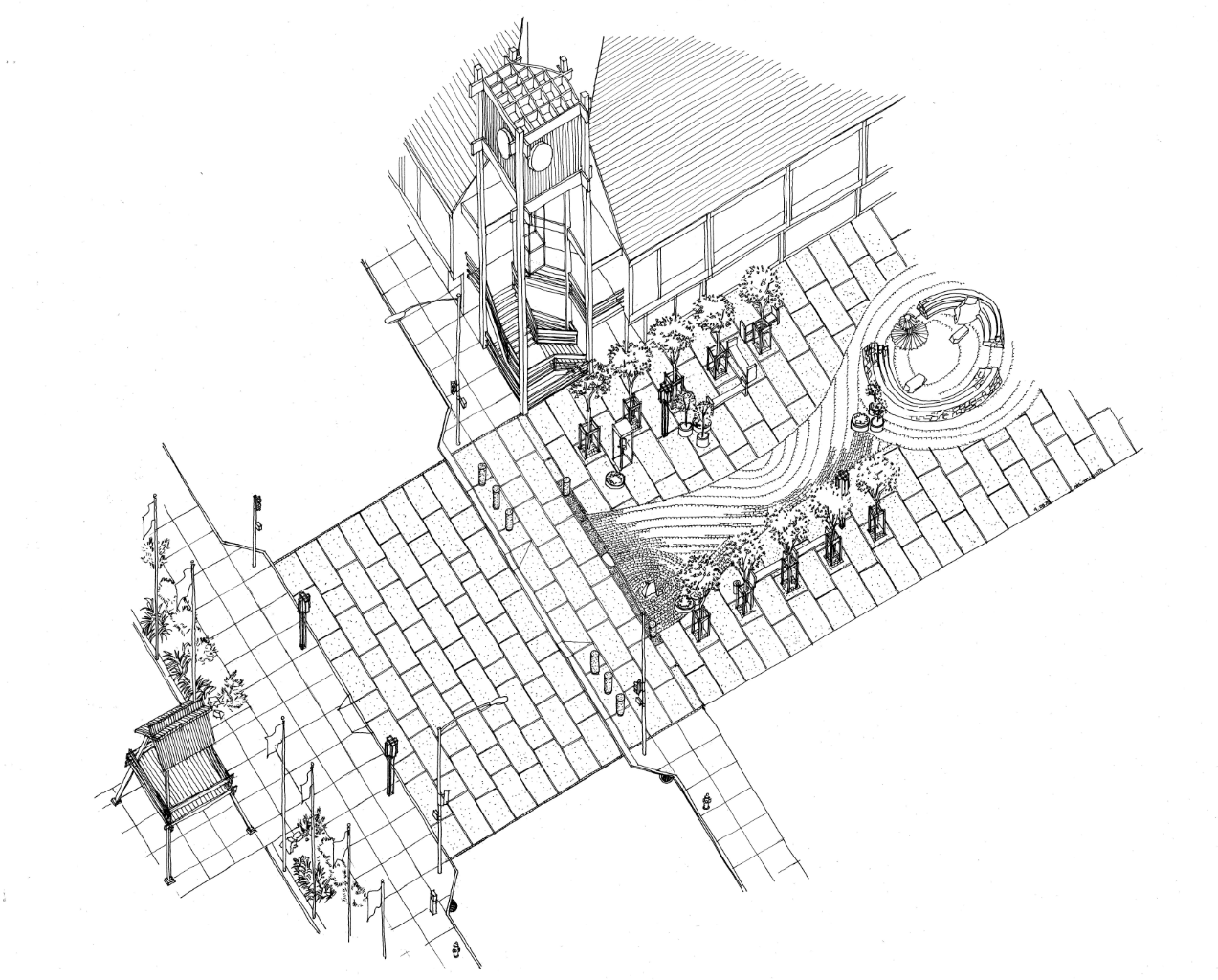
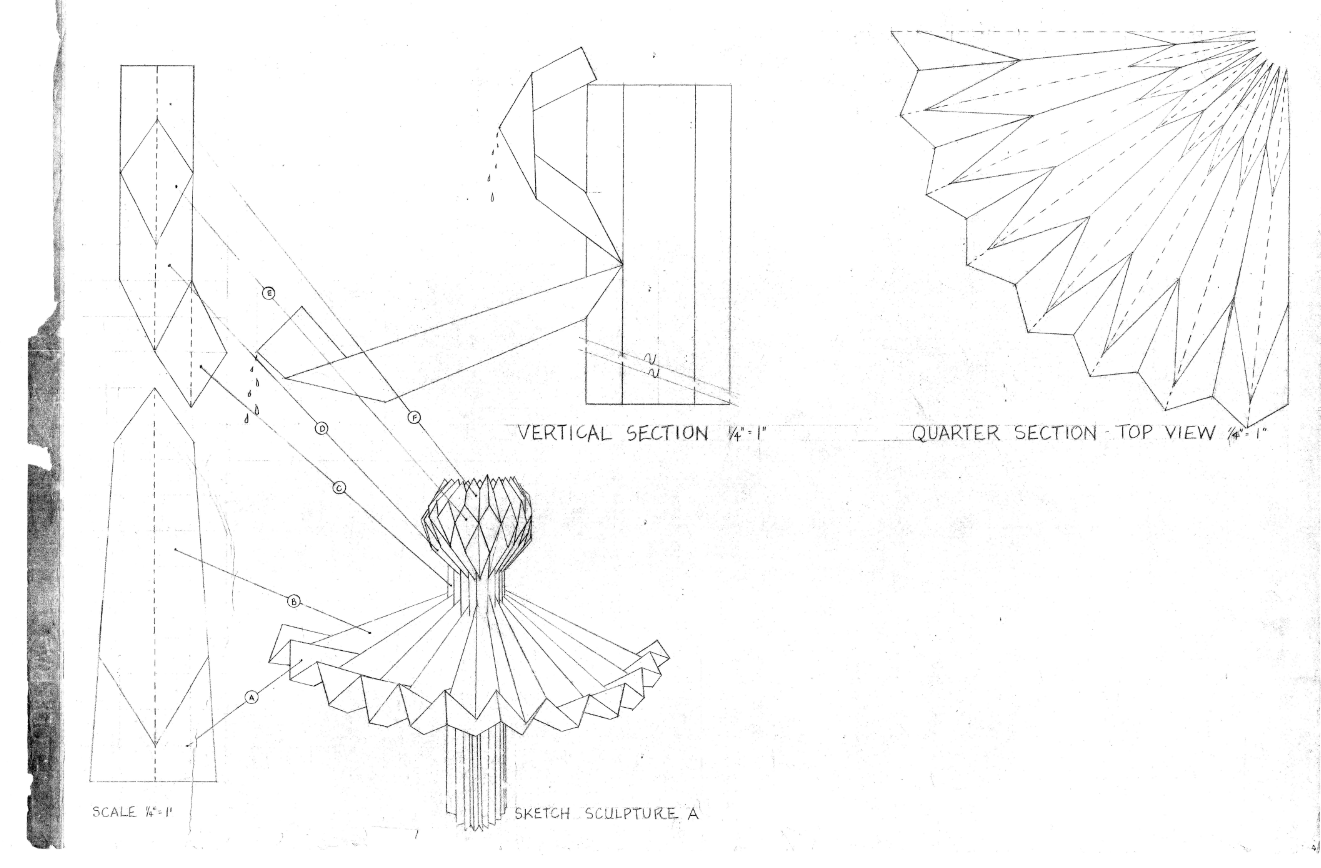
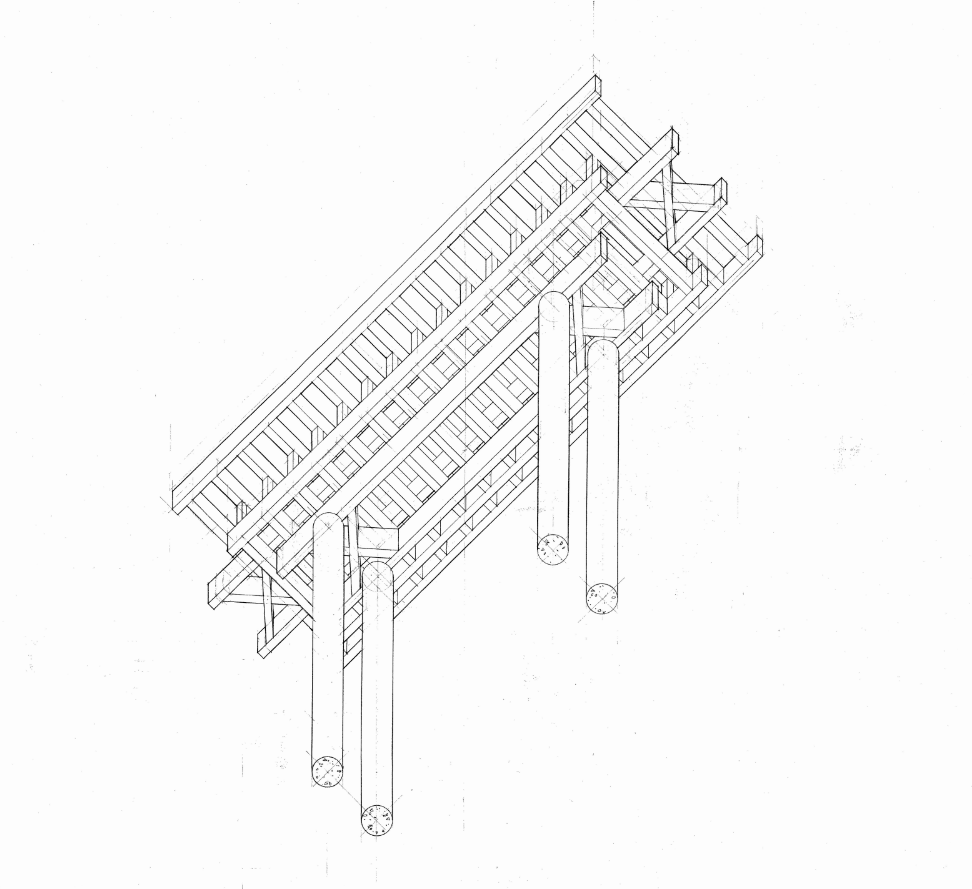


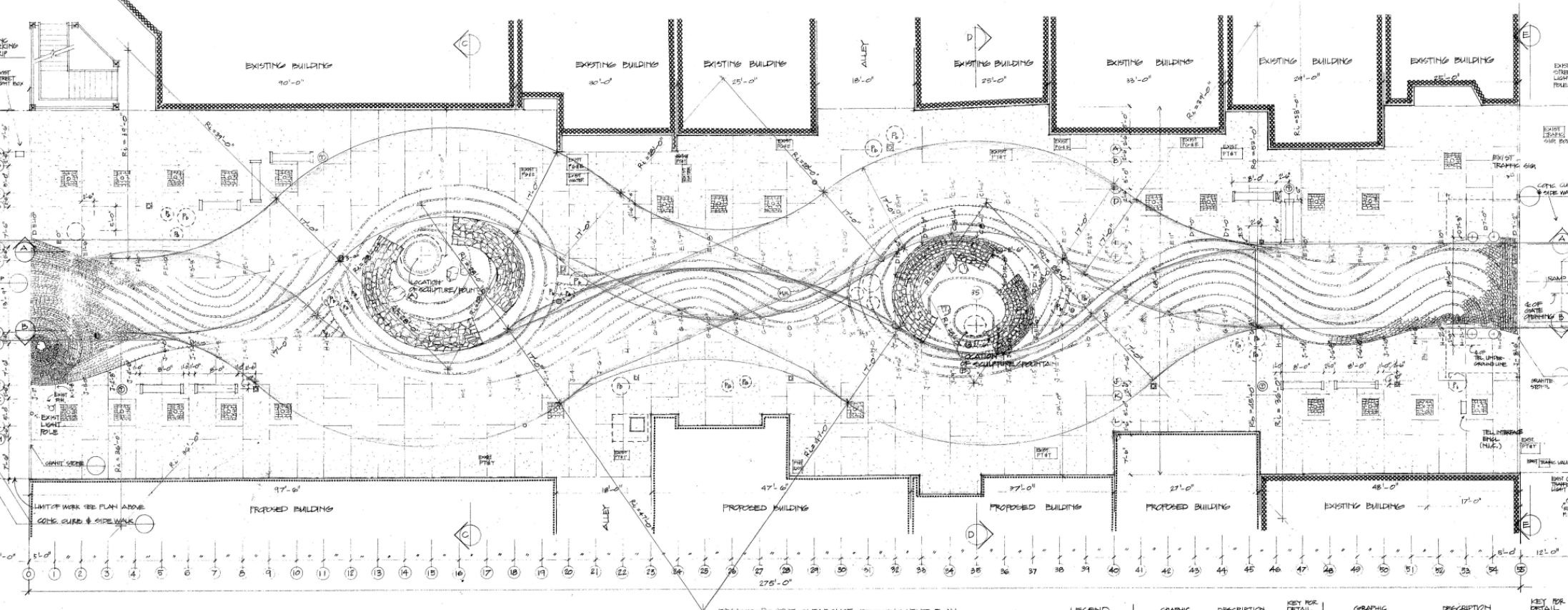
Project Scope
The community has identified a few areas for upgrades along the Mall, which was designed in the 1970s:
(1) Enhance accessibility of the Mall for seniors and people with disabilities and limited mobility
(2) Rehabilitate the Ruth Asawa fountains that are iconic to the mall
(3) Support the business community by embellishing the sense of cultural authenticity and enhancing the commercial edges of the mall
The Osaka Way Upgrade Project is complementary to the concurrent renovation of Peace Plaza, which received $25 million from San Francisco’s Health and Recovery Bond Measure that was approved by voters last November.
Support & Partnerships
The Osaka Way Upgrade Project is a public-private collaboration led by the San Francisco Planning Department, Public Works, the Japantown Task Force, Japantown Community Benefit District, and Nihonmachi Parking Corporation. In 2021, Assemblymember Phil Ting (D-San Francisco) secured $5 million from the state budget to dedicate towards capital improvements of this historic and vital commercial corridor to address decades of neglect.
The design process is led by the architecture team within Public Works, while project management is jointly managed by Public Works and the Planning Department. Additional community outreach and design support is provided by the Japantown Task Force.






